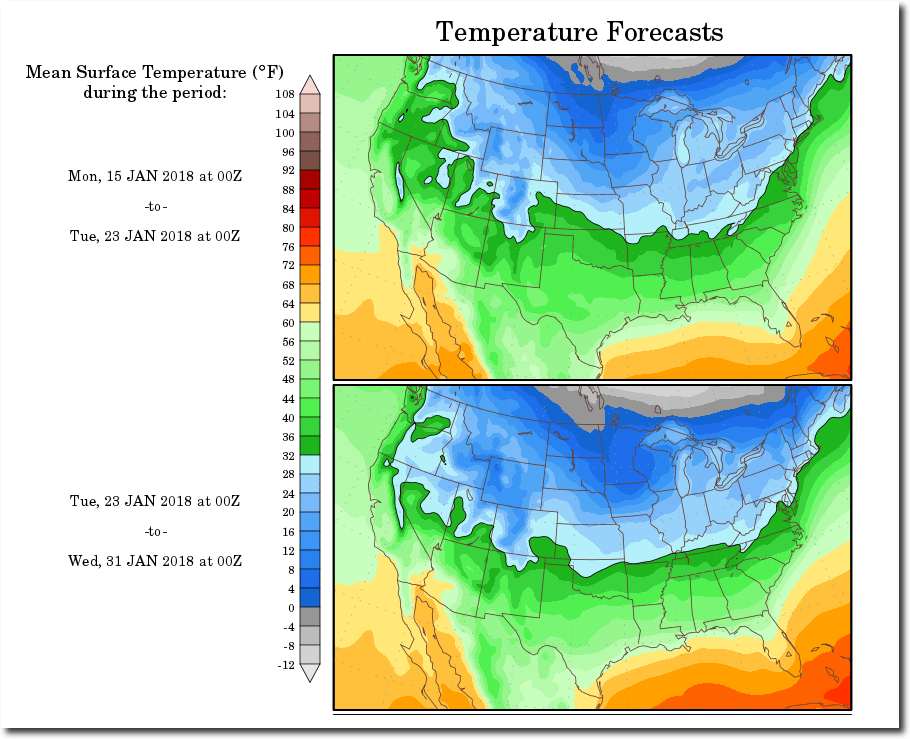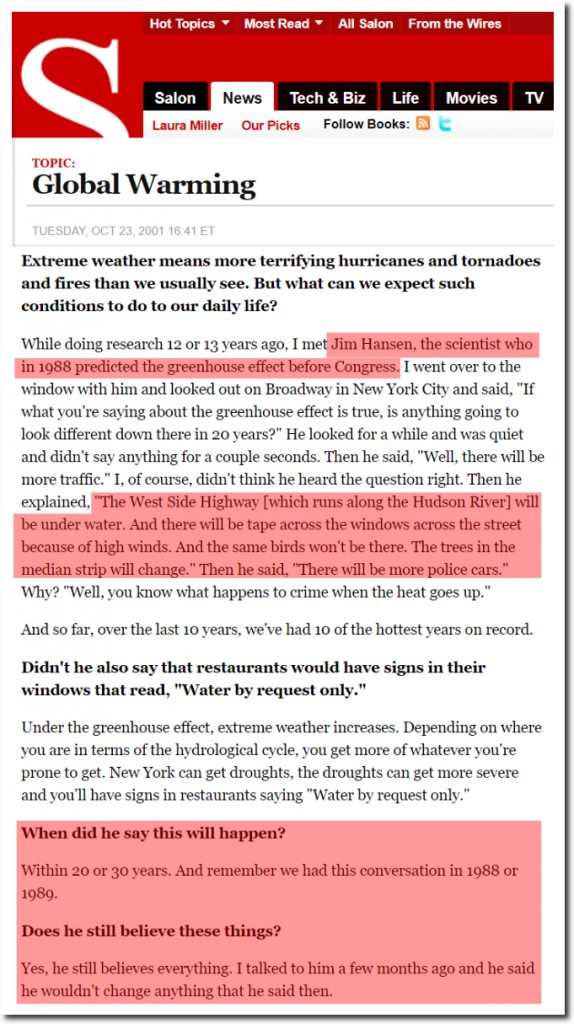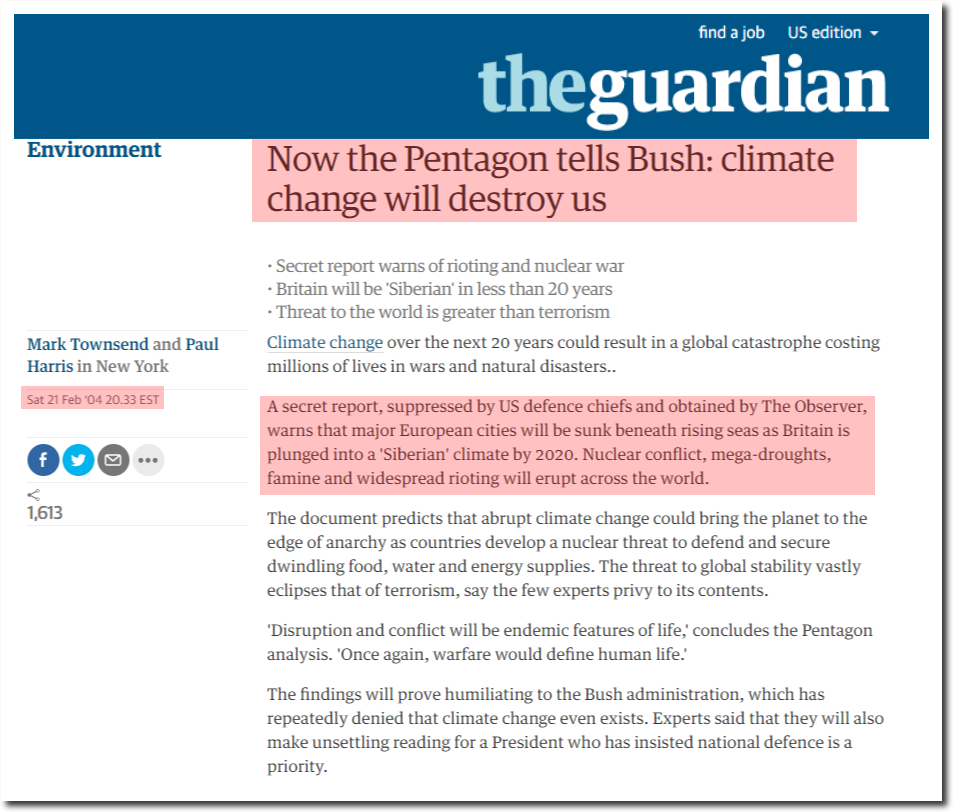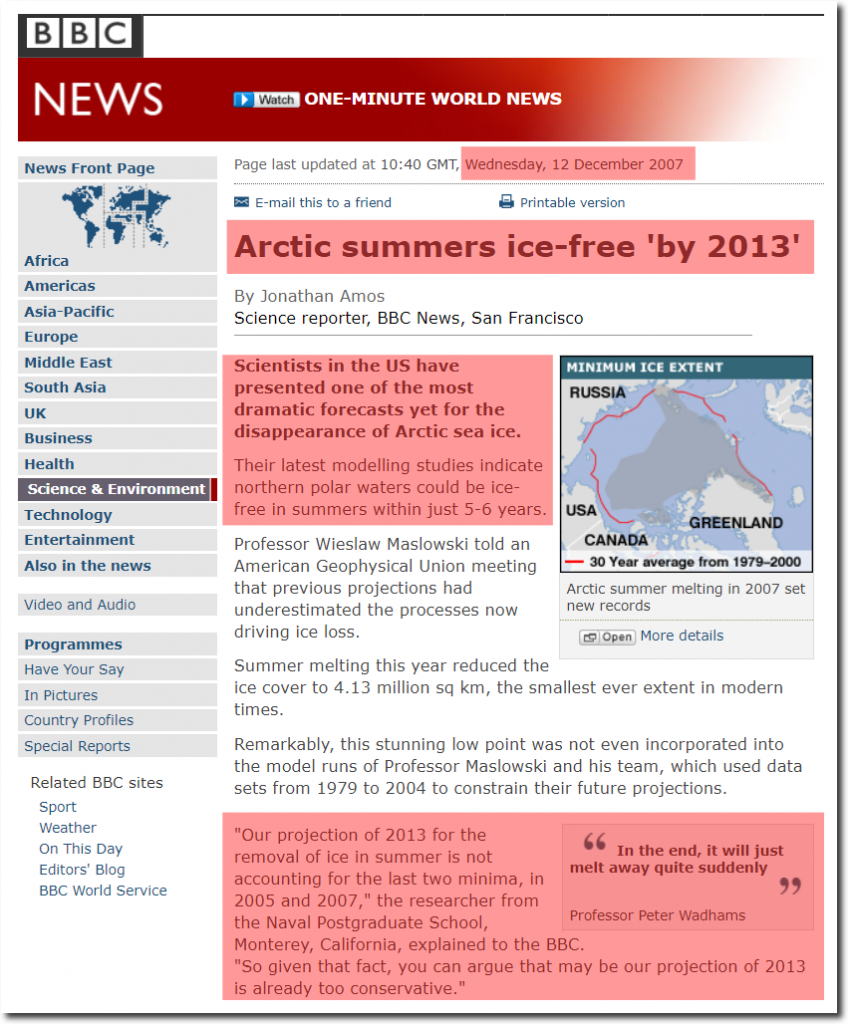One of the most-read unsigned editorials ever to appear in the Wall Street Journal editorial page was way back in 1993, entitled “No Guardrails.” It is rare that an unsigned editorial at a daily paper has much of a half-life, but “No Guardrails” was one those that you clipped out and kept handy, and which people talked about for years after. Dan Henninger, nowadays the Journal‘s regular Thursday columnist, was the author of the editorial, and it is worth sampling some of its content just now:
In our time, the United States suffers every day of the week because there are now so many marginalized people among us who don’t understand the rules, who don’t think that rules of personal or civil conduct apply to them, who have no notion of self-control.
As the saying goes, there was a time. And indeed there really was a time in the United States when life seemed more settled, when emotions, both private and public, didn’t seem to run so continuously at breakneck speed, splattering one ungodly tragedy after another across the evening news. How did this happen to the United States? How, in T.S. Eliot’s phrase, did so many become undone?
We think it is possible to identify the date when the U.S., or more precisely when many people within it, began to tip off the emotional tracks. A lot of people won’t like this date, because it makes their political culture culpable for what has happened. The date is August 1968, when the Democratic National Convention found itself sharing Chicago with the street fighters of the anti-Vietnam War movement.
The real blame here does not lie with the mobs who fought bloody battles with the hysterical Chicago police. The larger responsibility falls on the intellectuals—university professors, politicians and journalistic commentators—who said then that the acts committed by the protesters were justified or explainable. That was the beginning. America had a new culture for political action and for personal living.
Dan often talked about “No Guardrails” as the single most notable thing he’d ever written, but I think he equals it in his column today, “America’s New Nihilism.” If you don’t have a subscription to the Journal, here are some highlights:
This is not 1968. It’s worse.
The late 1960s were the heyday of modern American liberalism, which was then an ideology of hope. A bipartisan Congress passed landmark civil-rights legislation in 1964 and 1965. The precipitating event of the urban riots in 1968 was the assassination of Martin Luther King Jr. New York, Trenton, Chicago, Detroit, Baltimore, Kansas City, and Washington were on fire. Arguably back then, despite passage of President Lyndon Johnson’s Great Society programs, not enough time had passed for liberal policies to ameliorate conditions in the inner cities. . .
A primary claim made repeatedly this week is that the U.S., which means the American people, are guilty of perpetual “systemic racism.”
It is evident from the coverage that most of the demonstrators were born after 1990. By then, the Great Society programs had been in place for 25 years, and now it is 55 years. Annual budget appropriations totaling multiple trillions of dollars on Medicaid, food stamps, welfare, public housing, rent subsidies and federal aid to public schools have produced . . . what?
Since the 1960s, essentially little has changed in the neighborhoods at the center of those long-ago urban riots. By current telling, they are about as poor, as crime-ridden, as under-educated and in poor health as they were when LBJ said he would change them. That means five decades of stasis and stagnation in America’s most marginalized places, virtually all of it under Democratic—now “progressive”—political control.
The failure of the liberal model is by now so embarrassing that the current owners of that model have created an alternative universe of explanations, such as blaming it on American settlers in the early 17th century or the nonexistence of “justice.”
This is worse than 1968, because the political system is now engaged in a systemic act of forgetting. Let’s forget that this policy failure has happened or why. Let’s forget, for instance, that the people living in New York’s public housing are overrun with rats, unlit hallways and no heat in the winter. Let’s forget that many blacks have indeed been left behind—by a well-documented migration since 1990 of black Americans out of northern cities and Los Angeles into the South, where they have gone in search of economic opportunity. Let’s forget, despite a massive per annum outlay on Medicaid—some $593 billion in 2018—that black Americans still have a higher incidence of chronic disease.
Simply performing a cut-and-paste on 50 years of U.S. political history is an act of nihilism. Pummeled by activists and the media with constant accusations of “systemic racism,” as this week, and despite what many thought were 50 years of good-faith efforts on racial conciliation, people go numb, concluding that the solution being offered now is, literally, no solution.
As the saying goes, you should read the whole thing. (I’d post the whole article here if I could, but the Journal frowns on that.) All I can add is: Dan Henninger for President.
































 Bojack Horseman, Netflix's cartoon about a washed-up sitcom star who happens to be a horse, has drawn critical acclaim for its masterful mix of animated humor and emotionally harrowing takes on depression and personal failure.
Bojack Horseman, Netflix's cartoon about a washed-up sitcom star who happens to be a horse, has drawn critical acclaim for its masterful mix of animated humor and emotionally harrowing takes on depression and personal failure.
